Kia Dejene Melesa - Gizmos - template Photoelectric Effect
Document Content and Description Below
Suppose you went bowling, but instead of a bowling ball you rolled a ping pong ball down the alley. What do you think would happen? No strike would be achieved,since the ping pong ball is not big eno... ugh to knock off any of the pins 2. Suppose you rolled a lot of ping pong balls at the bowling pins. Do you think that would change the results of your experiment? Explain. Same event will take place,none of the pins would be knocked,because the base are small,but knock off a pin the need to generate a lot of momentum and velocity,which can only be achieved in a vacuum Gizmo Warm-up The photoelectric effect occurs when tiny packets of light, called photons, knock electrons away from a metal surface. Only photons with enough energy are able to dislodge electrons. In the Photoelectric Effect Gizmo™, check that the Wavelength is 500 nm, the Intensity is 50%, the Voltage is 0.0 volts, and Potassium is selected. Click Flash the light to send photons of light (green arrows) toward the surface of a metal plate encased in a vacuum tube. 1. The blue dots on the metal plate are electrons. What happens when the photons hit the electrons? As a result they move across the the gradient and head towards the metal plate. 2. What happens when the electrons reach the light bulb? They turn on bulbs When electrons reach the light bulb they complete a circuit, causing the bulb to glow briefly. This study source was downloaded by 100000830772748 from CourseHero.com on 06-18-2022 15:44:22 GMT -05:00 https://www.coursehero.com/file/40071641/Kia-Dejene-Melesa-Gizmos-template-Photoelectric-Effect/ Activity A: Wavelength and intensity Get the Gizmo ready: · Check that the Voltage is 0.0 volts. · Check that Potassium is selected. Introduction: Through the centuries, many scientists have debated whether light is a wave or a stream of tiny particles. In the 1800s, most scientists agreed that phenomena such as refraction and diffraction supported the light-as-a-wave theory. However, Albert Einstein’s explanation of the photoelectric effect showed that light can act like a stream of particles as well. Question: How does the wavelength and intensity of light affect its ability to free electrons from the surface of a material? 1. Observe: Click Flash the light with a variety of Wavelength values. What do you notice? __lower wavelength equals higher speeds and increased speed of electron 2. Observe: Click Flash the light with a variety of Intensity values. What do you notice? That is the controlling factor,it controls number of electron will strike the metal 3. Form hypothesis: Answer the following questions based on what you have observed so far. A. Which factor determines how many photons will strike the metal? Intensity Explain: ___the amount of electrons and photons shot at the electrons,correlated with higher intensity B. Which factor determines how much energy each photon has? _Wavelength___ Explain: ___less wavelength equated to a quicker movement of electron 4. Investigate: Set the Intensity to 10%. Uses the Gizmo to determine the largest wavelength that will dislodge an electron from the surface of the metal. What is this value? _530nm___ 5. Predict: Set the Wavelength to 540 nm. What do you think will happen if you flash the light with an intensity of 10%? What will happen if you flash the light with an intensity of 100%? At both instance little no effect will happen. This study source was downloaded by 100000830772748 from CourseHero.com on 06-18-2022 15:44:22 GMT -05:00 https://www.coursehero.com/file/40071641/Kia-Dejene-Melesa-Gizmos-template-Photoelectric-Effect/ 6. Test: Click Flash the light with an Intensity of 10% and again with an Intensity of 100%. What happened? No electron will be emitted 7. Explore: Set the Wavelength to 400 nm. Experiment with different intensities of light. A. Does the light intensity affect how many electrons are emitted? yes it does Explain: when intensity is increased,the more the presence of photons and emitted electron B. Does the light intensity affect the energy (speed) of the emitted electrons? __no______ Explain: ___no that is the job of the wavelength and intensity control amount of are emitted 8. Infer: For mechanical waves, such as sound waves or ocean waves, increasing the intensity of the wave increases both the amplitude (height) of the wave and the energy it carries. In that situation, a low-frequency but high-intensity wave should have the same effect as a high-frequency but low-intensity wave. How does light behave differently from this model? In this case wavelength and intensity are not related,the have influence on different aspect of electron as a result they are not connected and one does not have any effect on the other one.speed is to wavelength and number of electron emitted. 9. Think and discuss: How is firing photons at the surface of a metal analogous to rolling different types of balls at a set of bowling pins? If possible, discuss your answer with your classmates and teacher. Because the ping pong knocking down a pin represents the required energy and speed.as well as the electron and photon relation Activity B: Voltage gradients Get the Gizmo ready: · Set the Wavelength to 300 nm, the Intensity to 100%, and the Voltage to 0.0 volts. · Turn on Show voltage gradient. Introduction: The electrons that are freed from the surface of the metal have a specific amount of kinetic energy. Faster electrons have greater energies than slower ones. The energy of emitted electrons is measured by setting up an electrical field that opposes their motion. The voltage of the field is a measure of its strength. Goal: Use a voltage gradient to measure the energy of emitted electrons. This study source was downloaded by 100000830772748 from CourseHero.com on 06-18-2022 15:44:22 GMT -05:00 https://www.coursehero.com/file/40071641/Kia-Dejene-Melesa-Gizmos-template-Photoelectric-Effect/ 1. Observe: Check that Potassium is selected. Click Flash the light and observe the emitted electrons. Increase the Voltage to 1.5 volts, and click Flash the light again. How does the electrical field affect the motion of the emitted electrons? Slowed down the electron [Show More]
Last updated: 1 year ago
Preview 1 out of 5 pages
Instant download
.png)
Instant download
Reviews( 0 )
Document information
Connected school, study & course
About the document
Uploaded On
Jun 18, 2022
Number of pages
5
Written in
Additional information
This document has been written for:
Uploaded
Jun 18, 2022
Downloads
0
Views
85

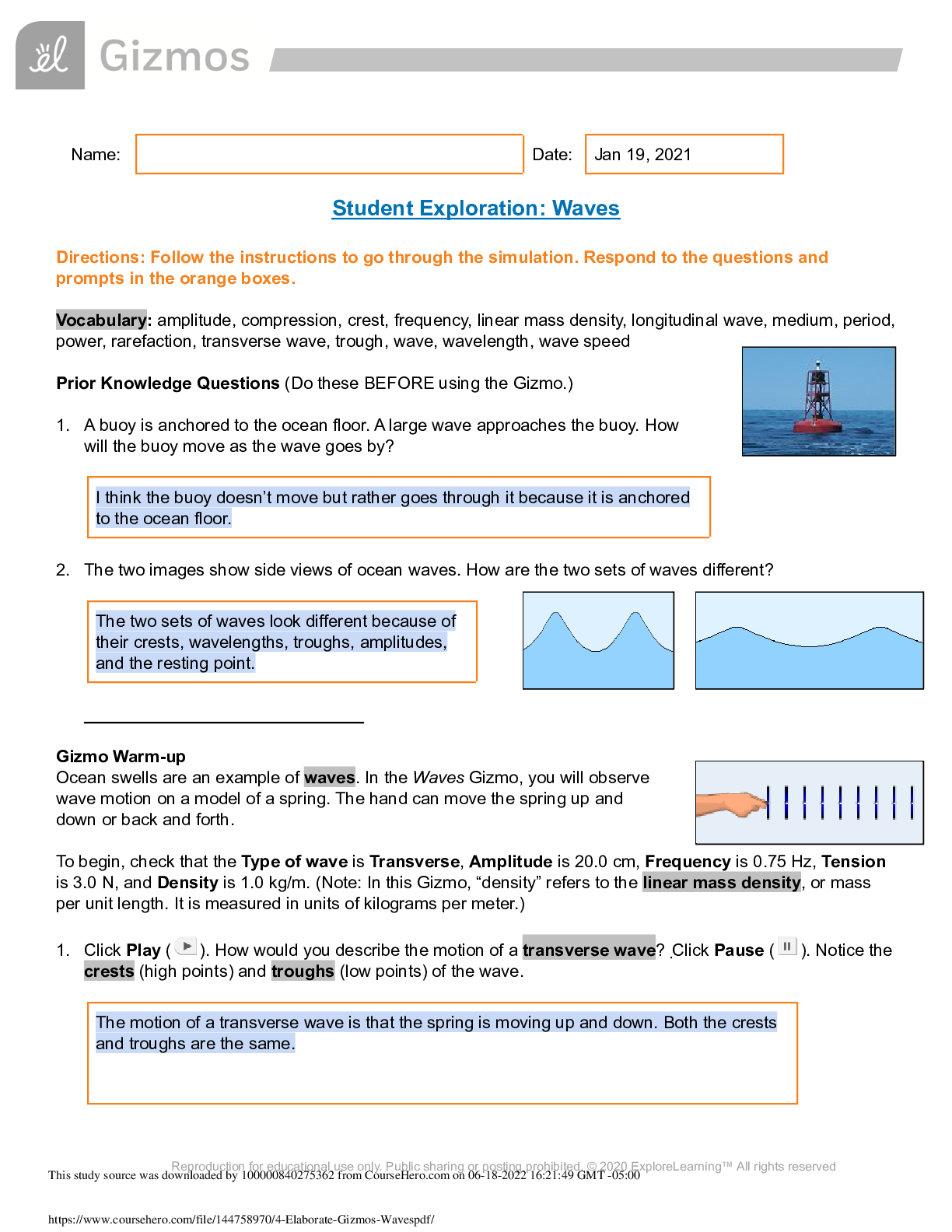

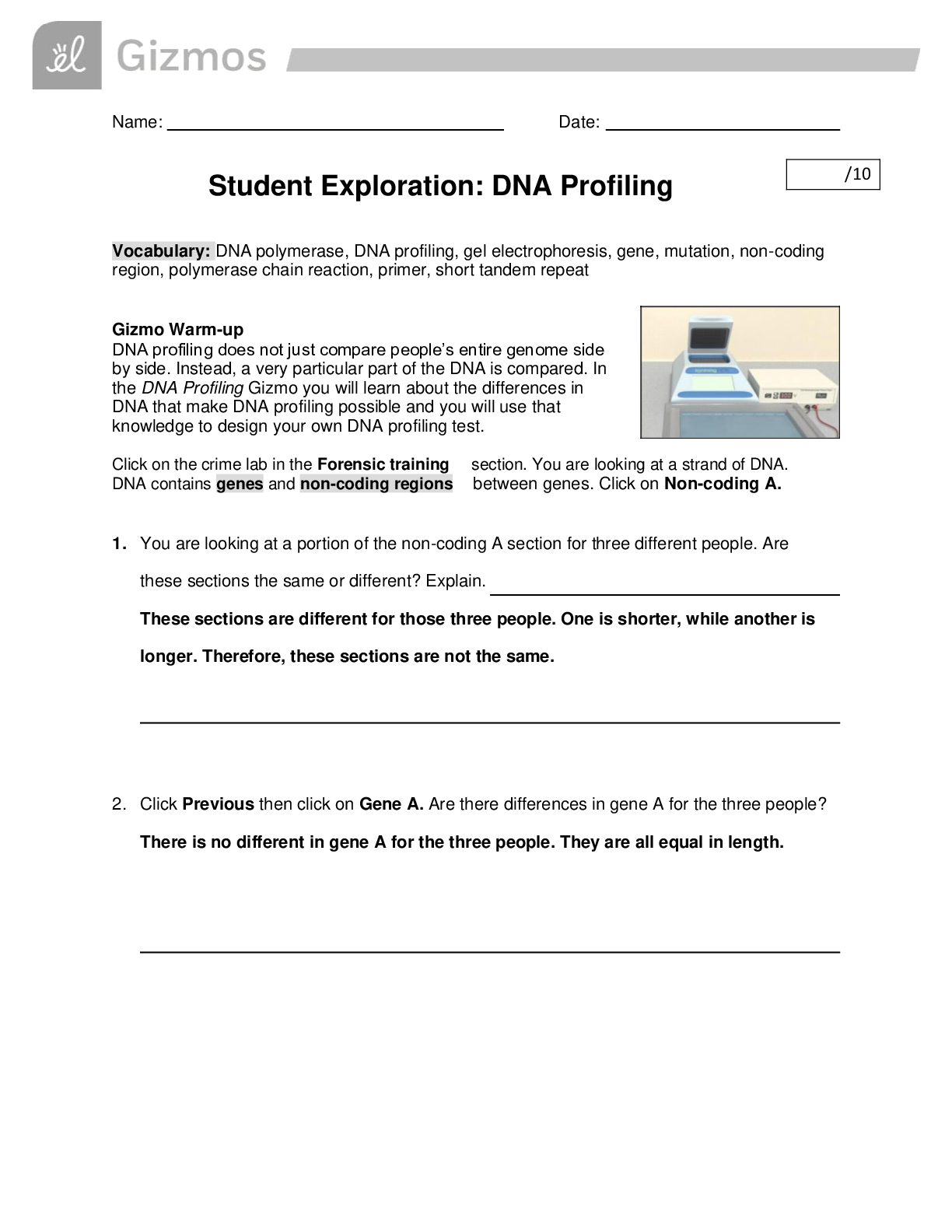


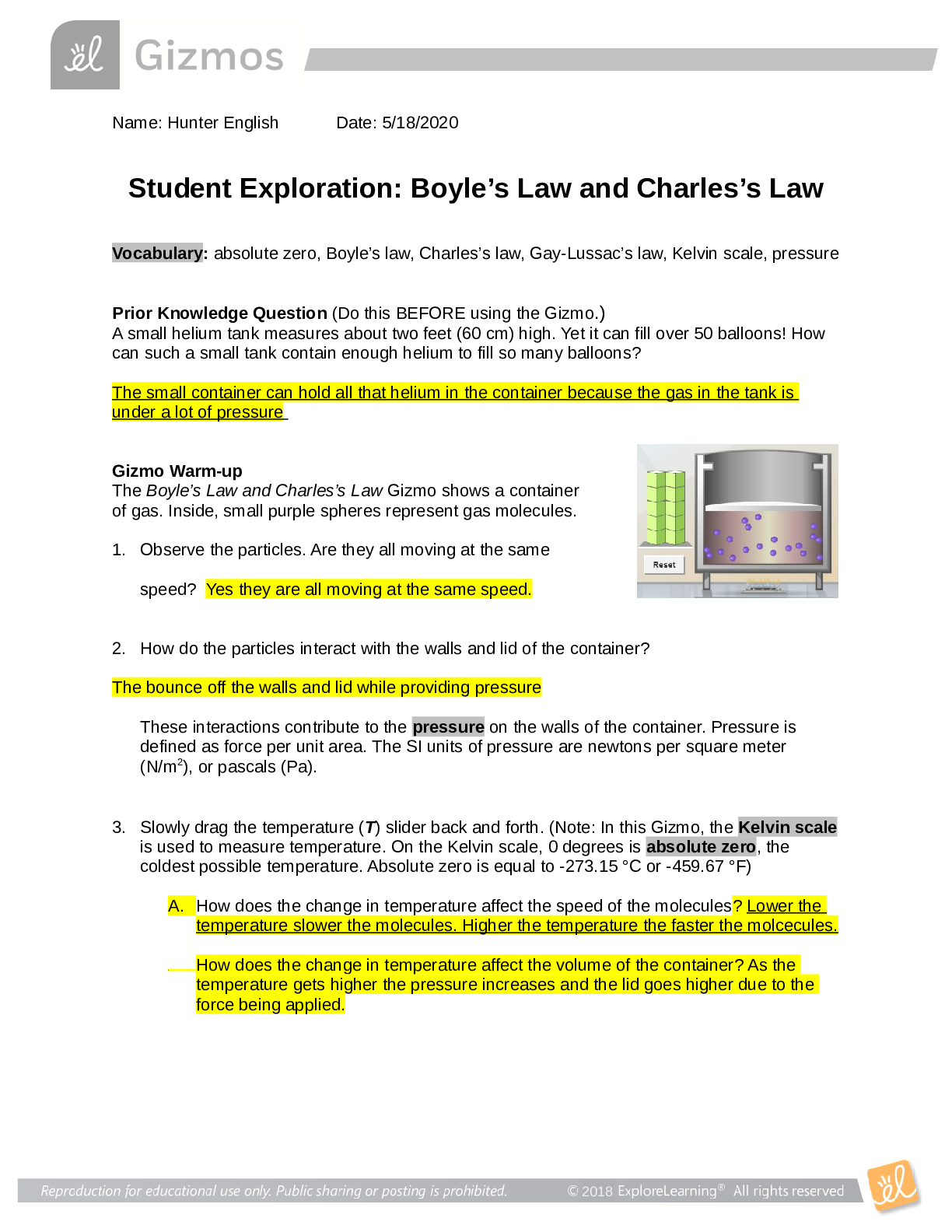
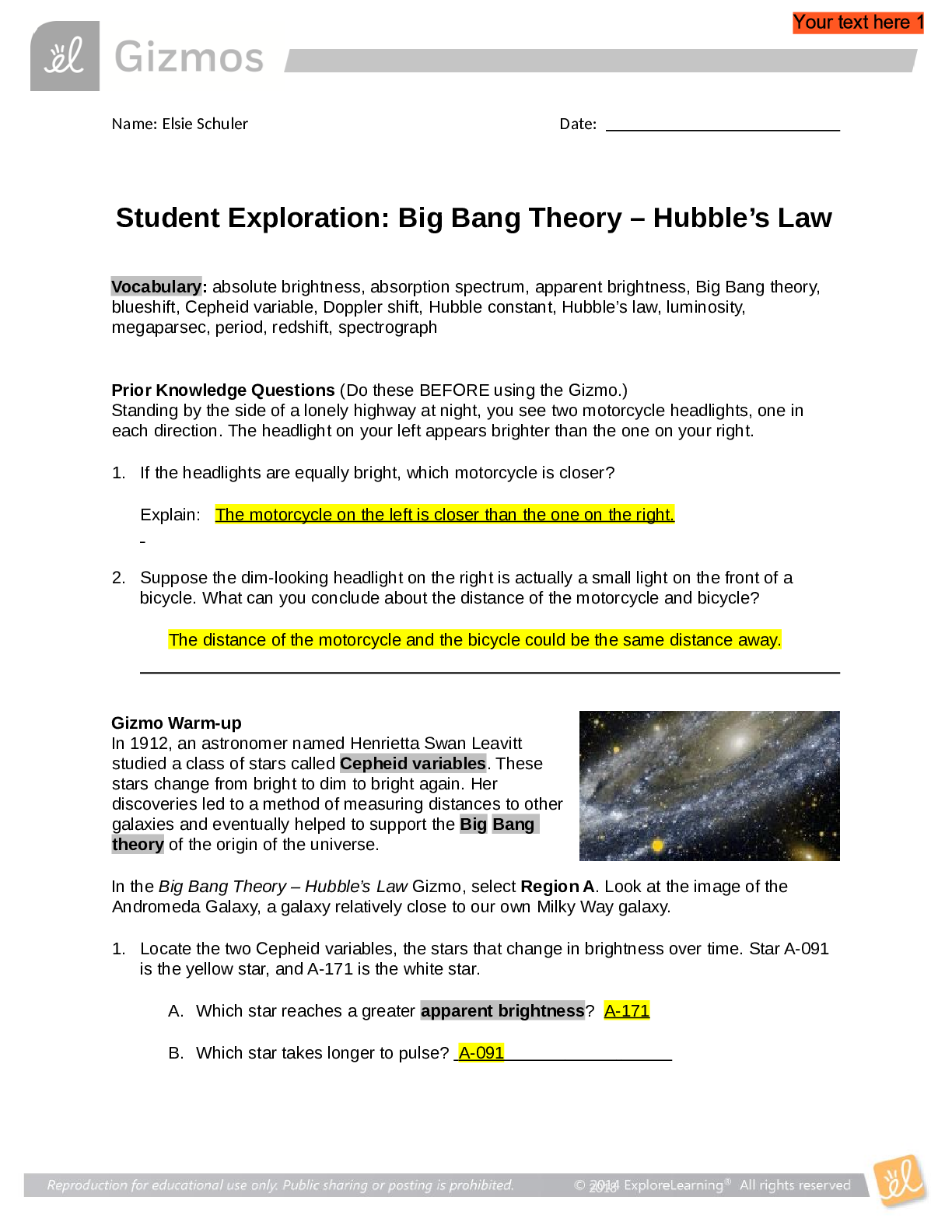


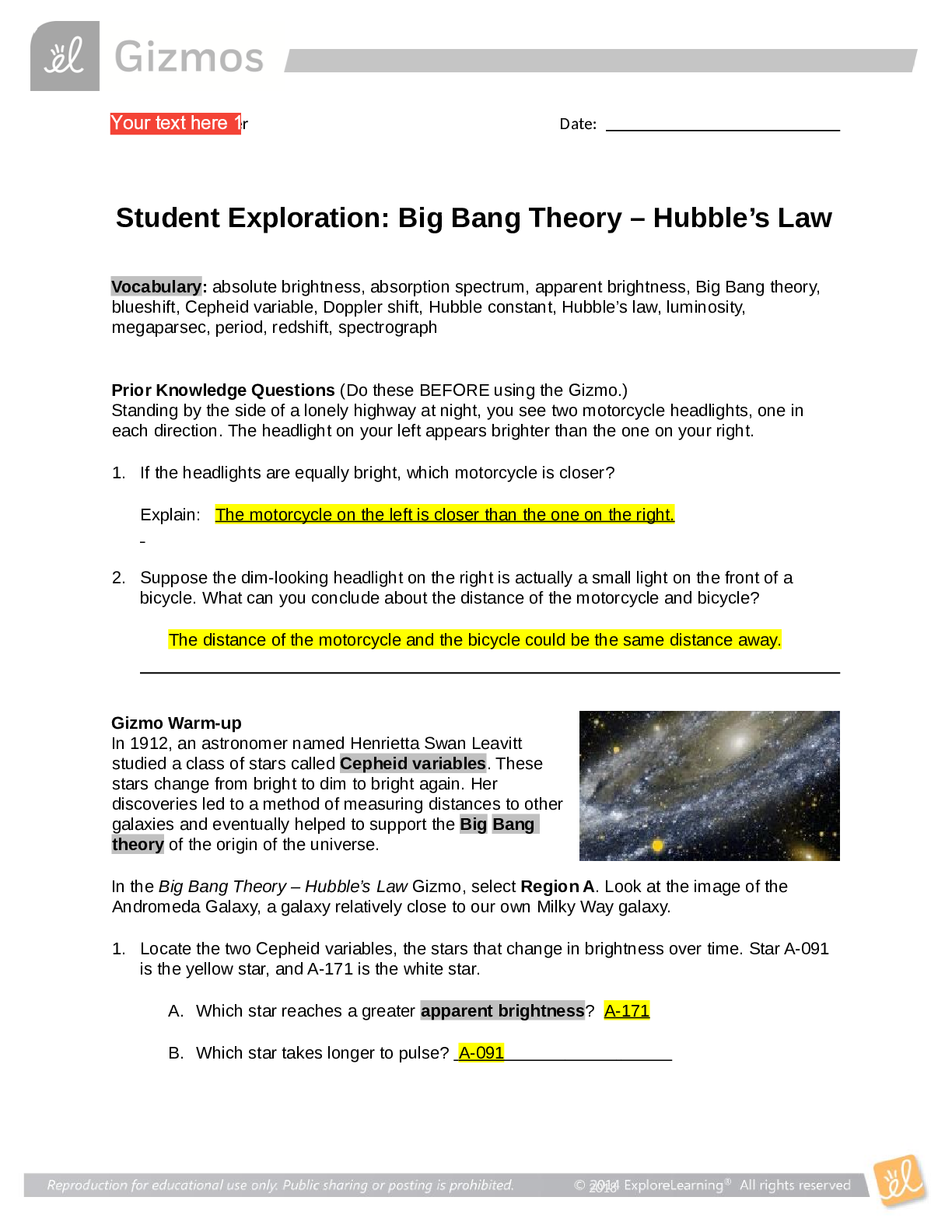
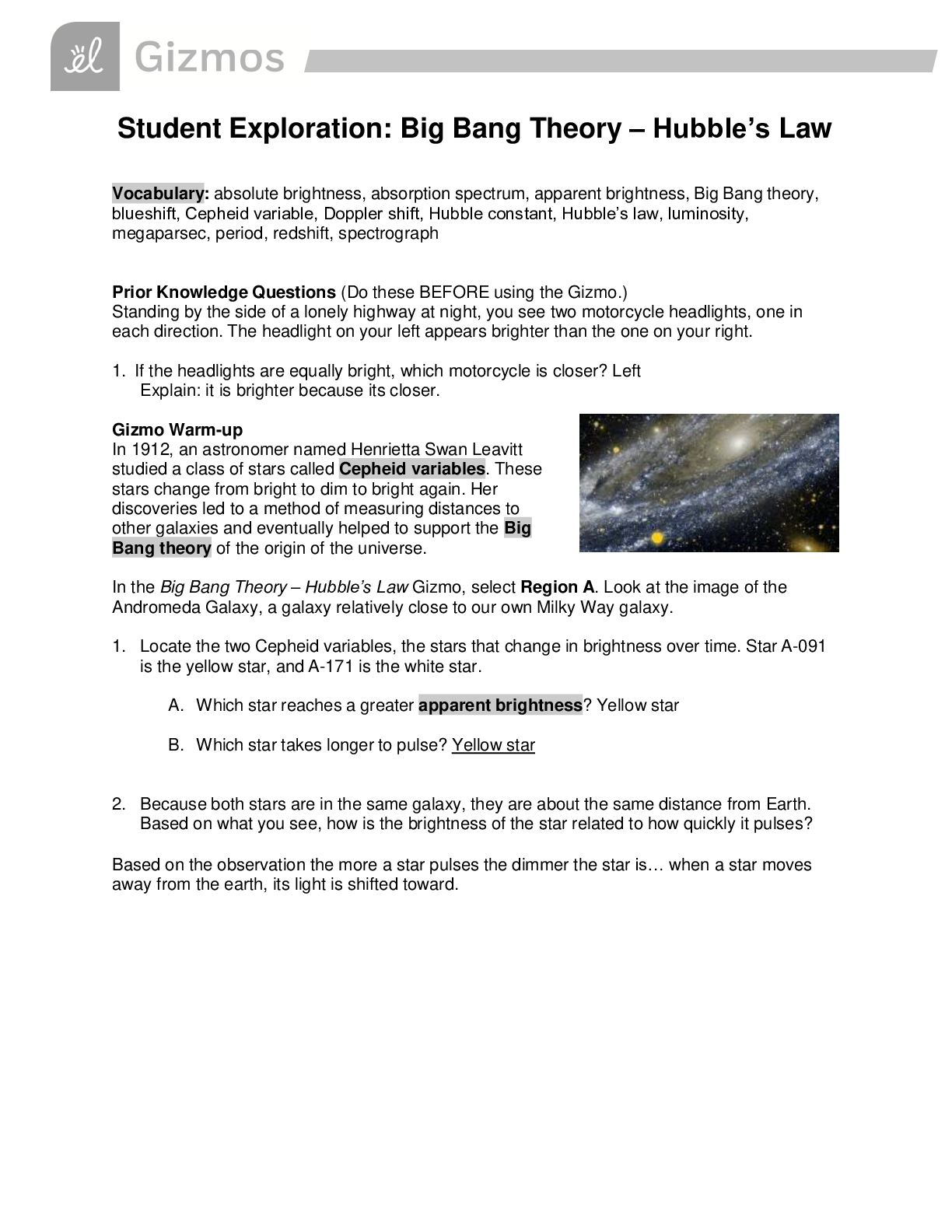

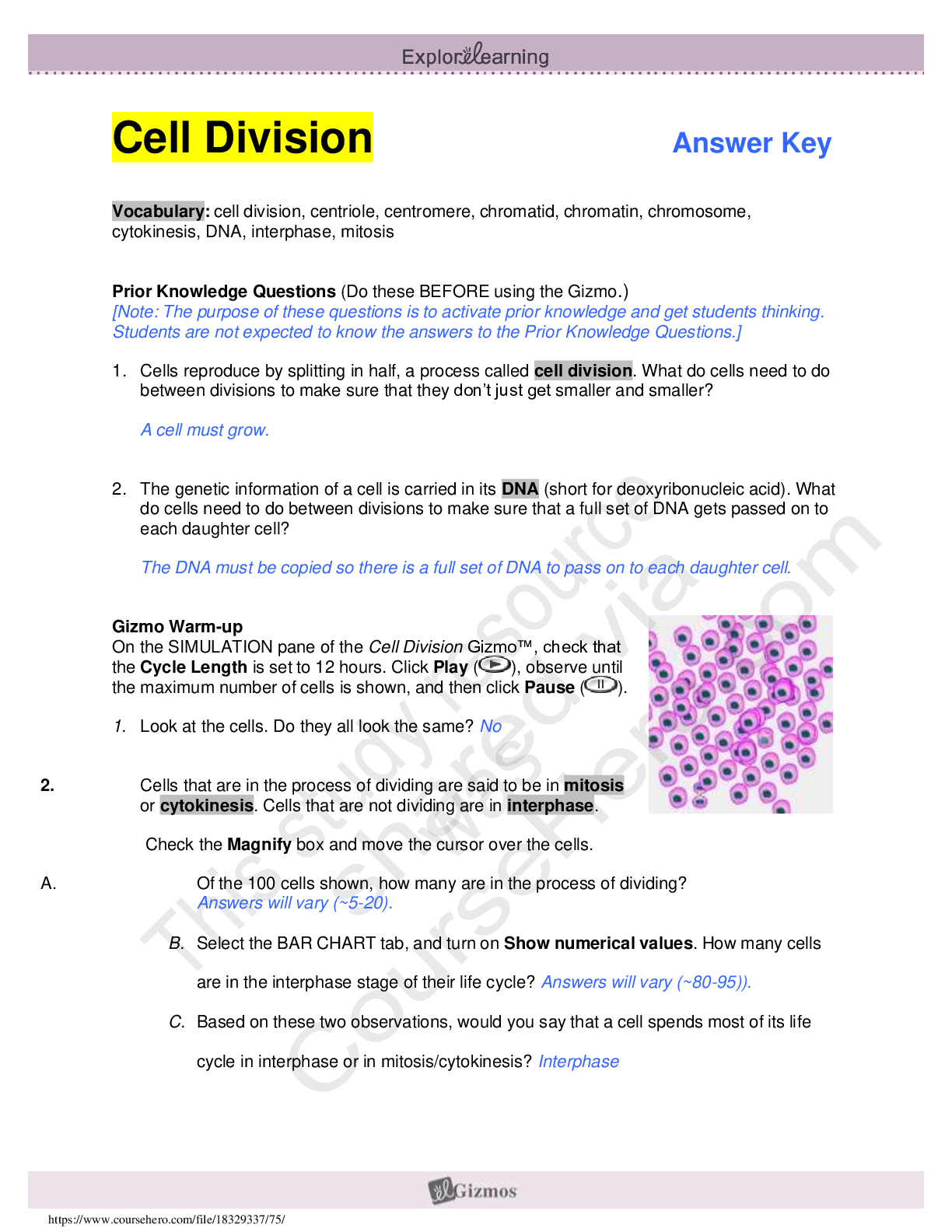
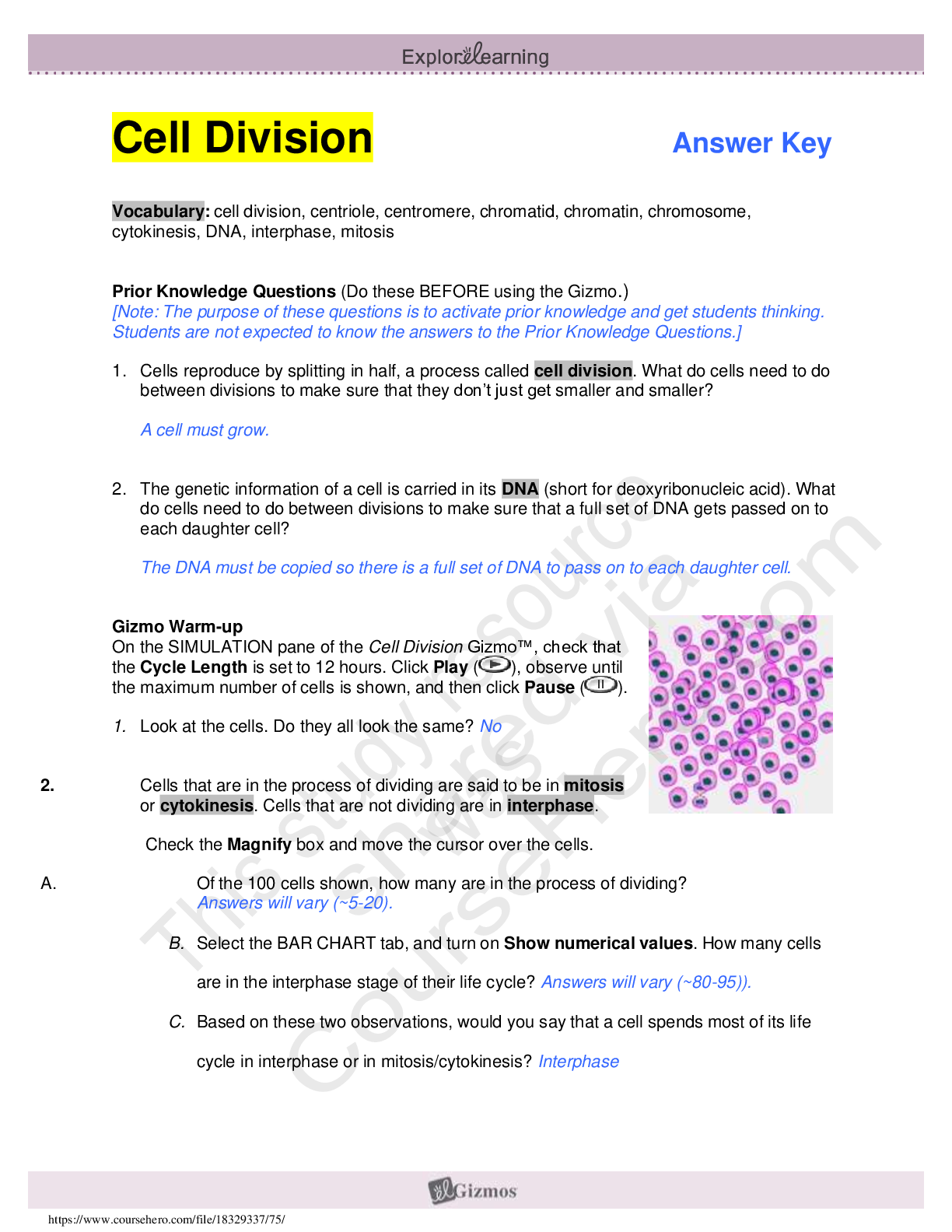
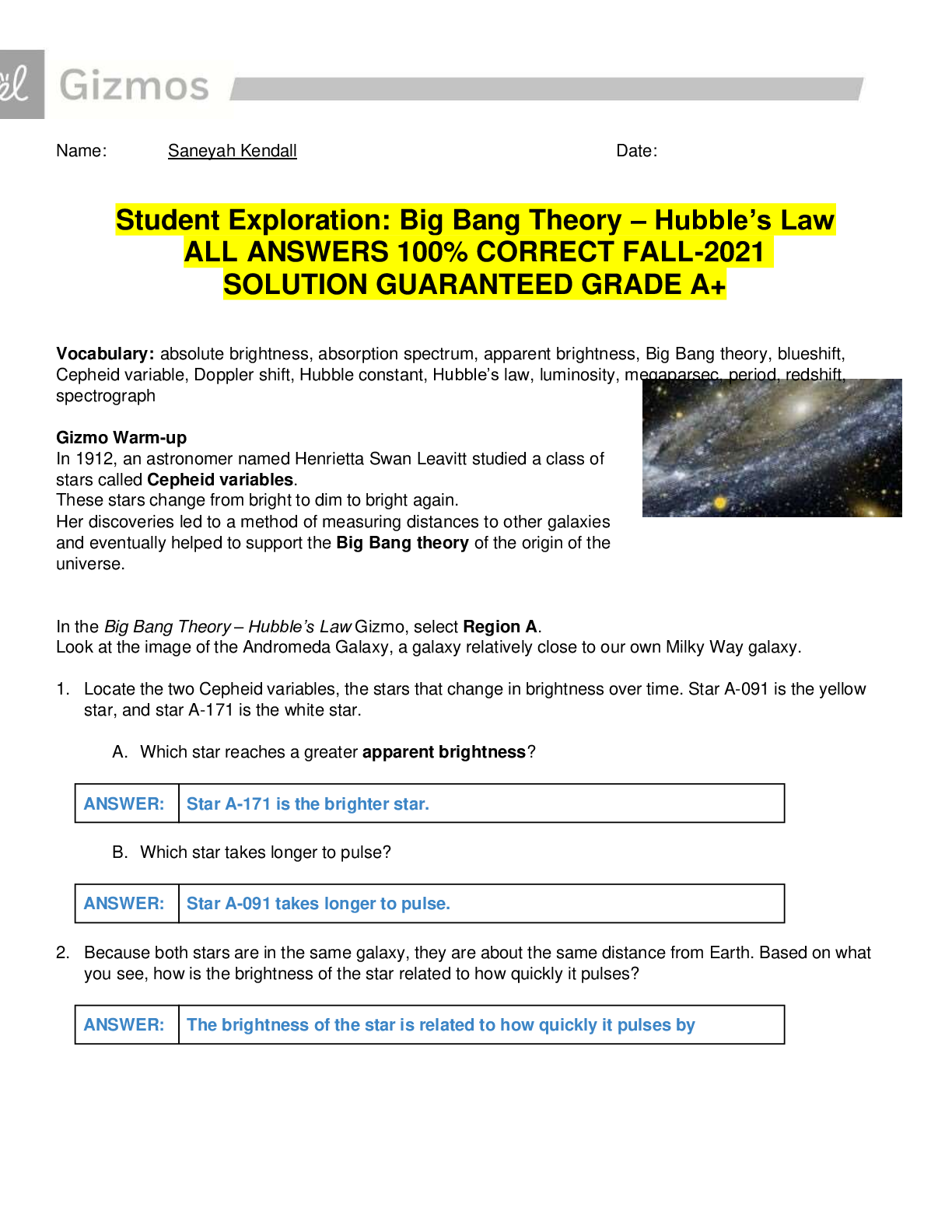

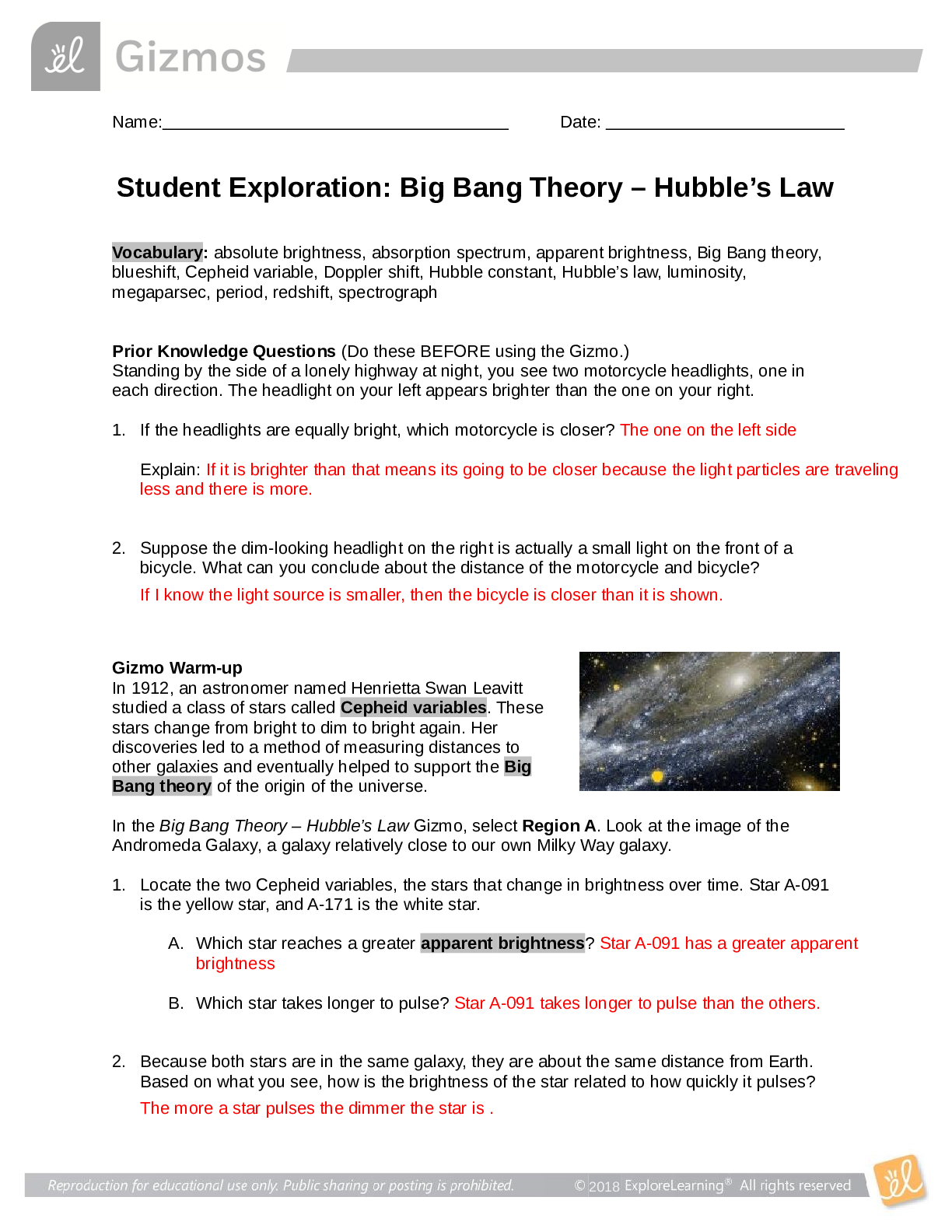
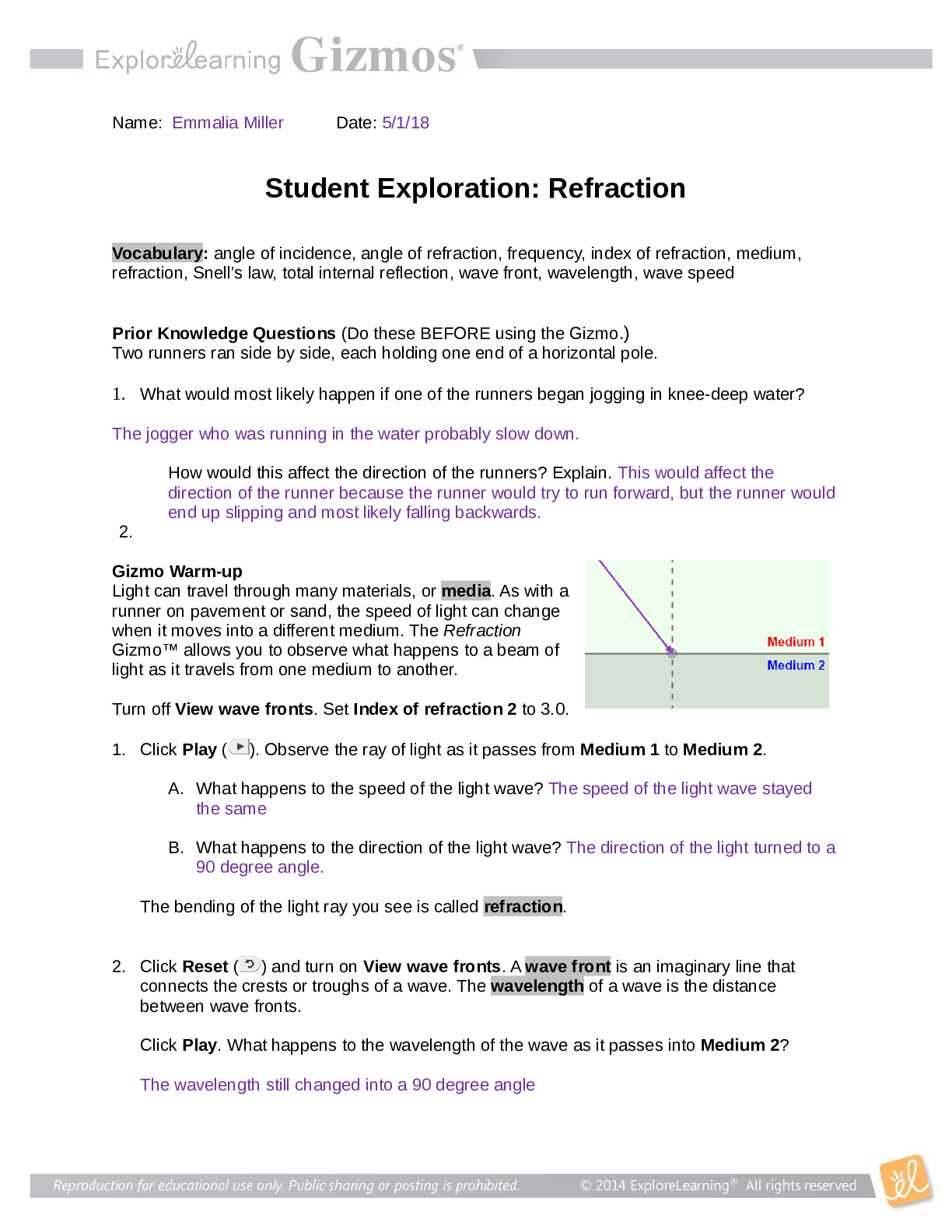

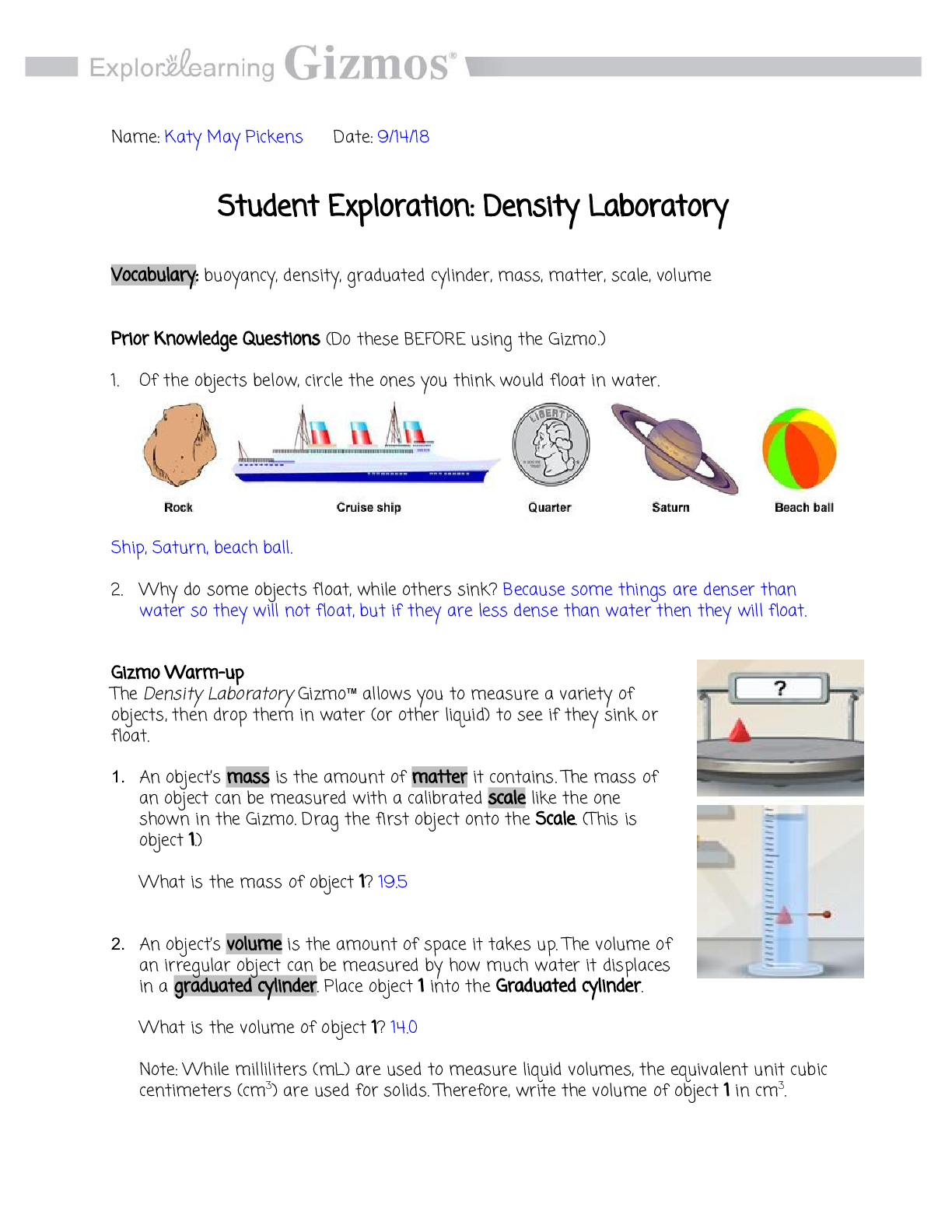
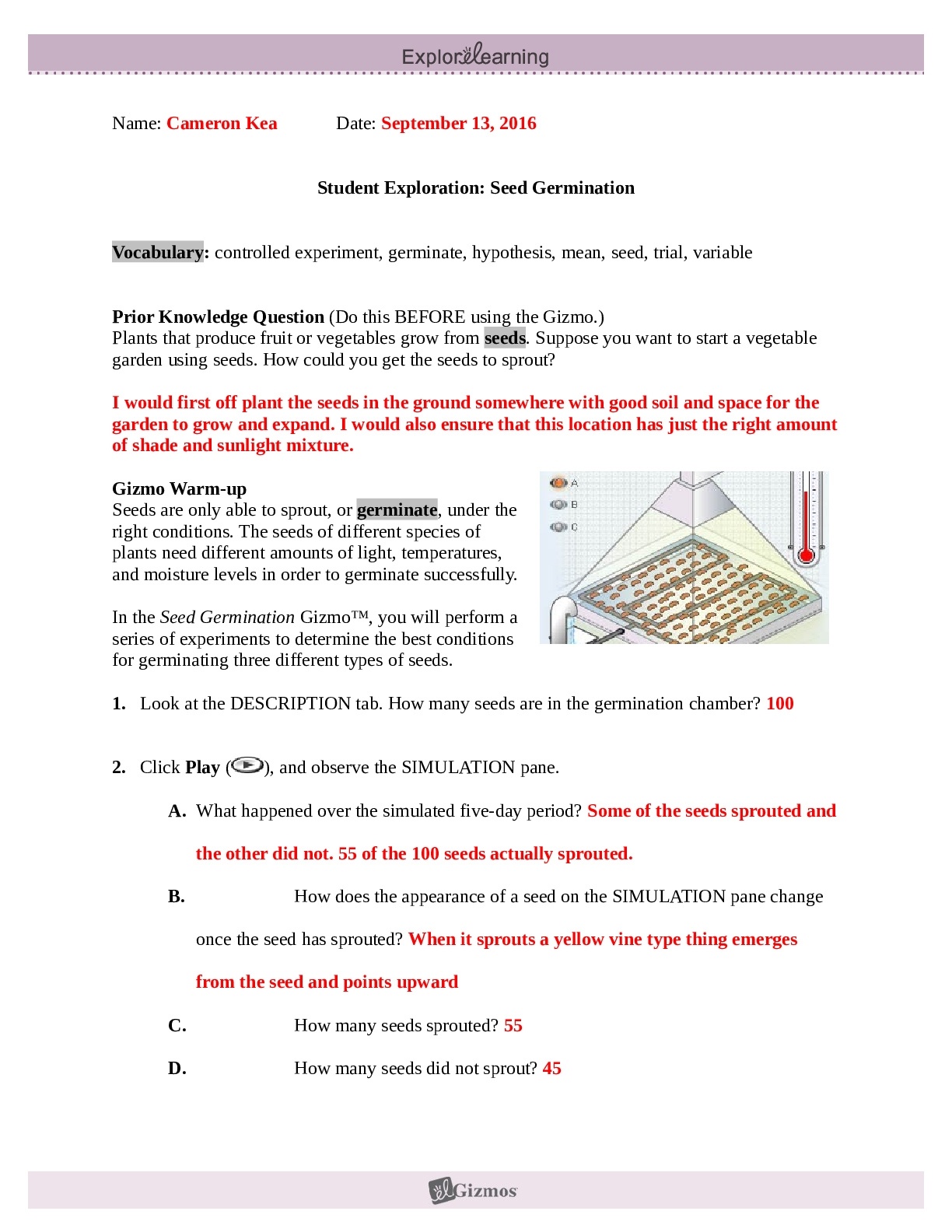

.png)

